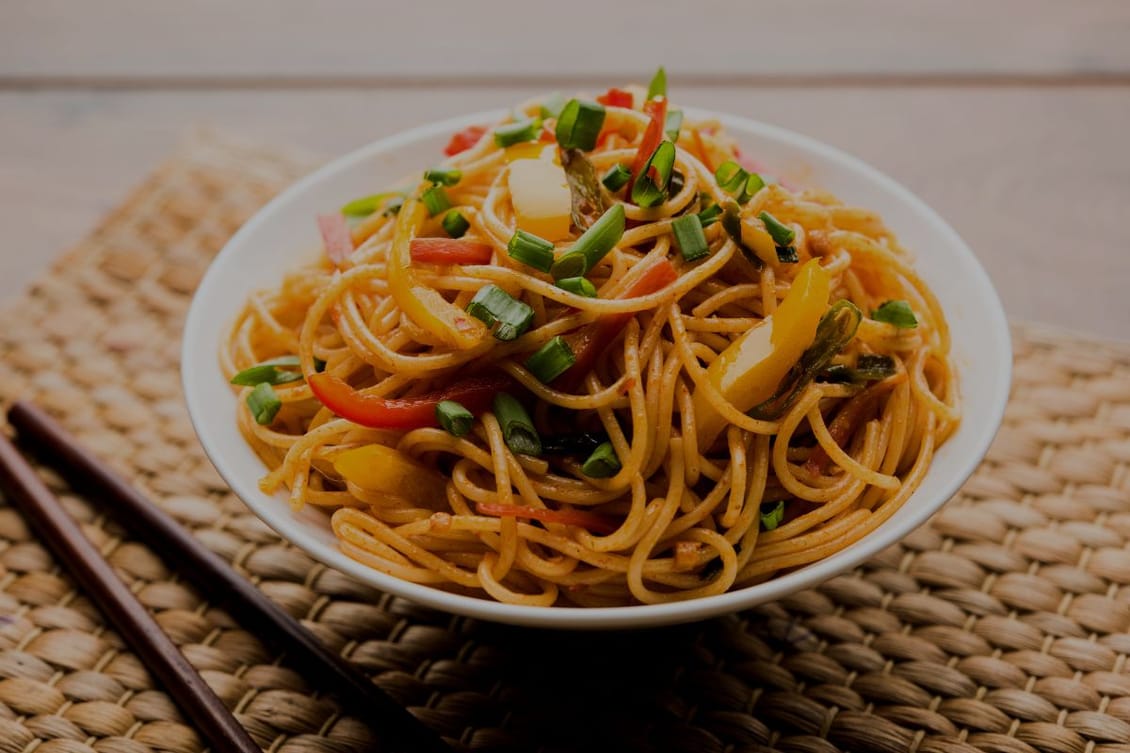
Welcome to The Sauce — our content & insights community, run by global experts. Sink your teeth into stories about food, worth sharing, and receive insights, ideas, opinions, trends, and strategies straight to your inbox.
Keep up with our weekly newsletters on LinkedIn by subscribing here.
Imagine: a display of fresh seafood, succulent taro topped with salmon roe. Oysters, crab, seared tuna steaks cooked to perfection. Every table around the room is spread with the Japanese buffet of your dreams – shining sashimi, pickled vegetables, the motionless, smooth surface of salty broth in bowls.
Except you can’t eat any of it. Not a grape, not a single taste.
Because it’s all made from PVC or wax. It looks real (and delicious) – but if you touch it, the food is solid and inedible.
Japanese restaurant windows have, for many years, been adorned with realistic displays of replica dishes, called shokuhin sanpuru. They’re designed to entice customers off the street and into the eatery; and the practice of creating shokuhin sanpuru has become an art form all of its own.

Japan House, a cultural centre in London, has brought this practice to London to celebrate Japanese culture and highlight the artistry of the nation.
It started in the 1920s, in department store food halls in major Japanese cities. They were starting to offer international dishes to uncertain customers, but models of American-style steak and overcooked vegetables did little to attract a new crowd.
The food didn’t appeal, but the technique of creating food replicas did – offering a way for diners to view dishes and order food with a clear visual of portion sizes, avoiding food waste and dissatisfied customers.
Now, food establishments all over Japan use replica dishes to advertise and sell their menus. You’ll find food models in the windows of fast-food restaurants and high-end Japanese confectioners; ramen bars, tearooms, and grill restaurants.
Speaking to The Guardian, Simon Wright (Curator at Japan House) said:
“The idea isn’t always to make the food look as realistic as possible, but to evoke people’s haptic memories of the dishes. For example, red bean paste might be made to look grainier than it is in reality, because people remember the grainy texture in their mouths.”
Replica dish creators do always strive to make their artwork hyper-real – more intense and irresistible than the real-life dish it mimics.
The 200 (more or less) models at the London exhibition were all created by Japan’s largest replica food manufacturer, Iwasaki Group. It was founded by Takizō Iwasaki, who had a lifelong fascination with the modelling potential of wax.
His home experiments scaled out to large-scale production of wax food replicas, and then replaced the wax with more durable PVC material in the 1970s.
But the production process hasn’t gone mass-market: Iwasaki Group still creates food replicas through a manual process in which dishes are cast in silicone before the PVC is poured into the mould. Once set, the models are individually hand-painted.
There’s a large market for these models in Japan – but the artistry remains strong. It’s an incredibly skilled practice.
We scoured the internet for reviews of the exhibition to find out how this very Japanese practice translates to UK urban culture.
A writer for the London Art Roundup said: “Without exaggeration, some works are so lifelike it's mind blowing. I’m still not convinced that the plate of white onions with dried flaky skins wasn’t real.”
And Sam Thorne, the Director General at Japan House, described the exhibition as “strange and exciting” in another interview with The Guardian.
Ultimately, curating cross-cultural food exhibitions has the power to communicate food practices and social norms in a visceral, experiential way. It drives understanding, knowledge-sharing, and a curiosity for food beyond borders.
And we’re all about that.
Mark your calendars for our next newsletter on 22 November 2024. Is there anything specific you'd like to see covered? We'd love to hear from you! Click here to share your suggestions.
Take your seat at the InFlavour table, a government-backed and world-leading B2B food event by Tahaluf.
E-mail address SubmitWant to keep up to date with all our latest news and information? Enter your name below to be added to our mailing list.
E-mail address Submit